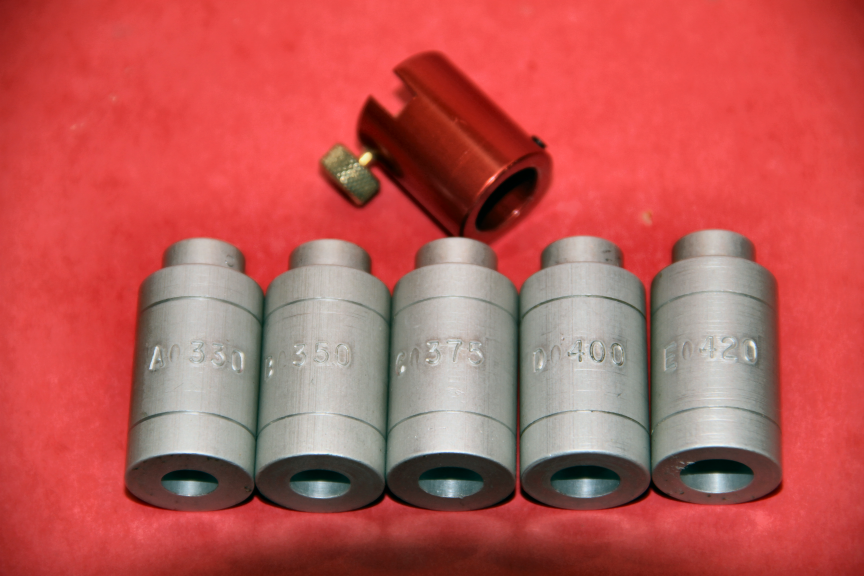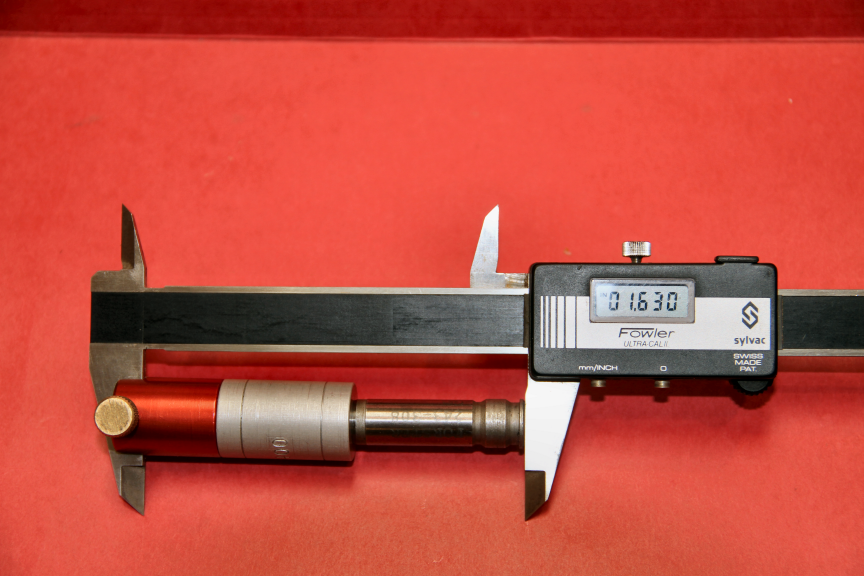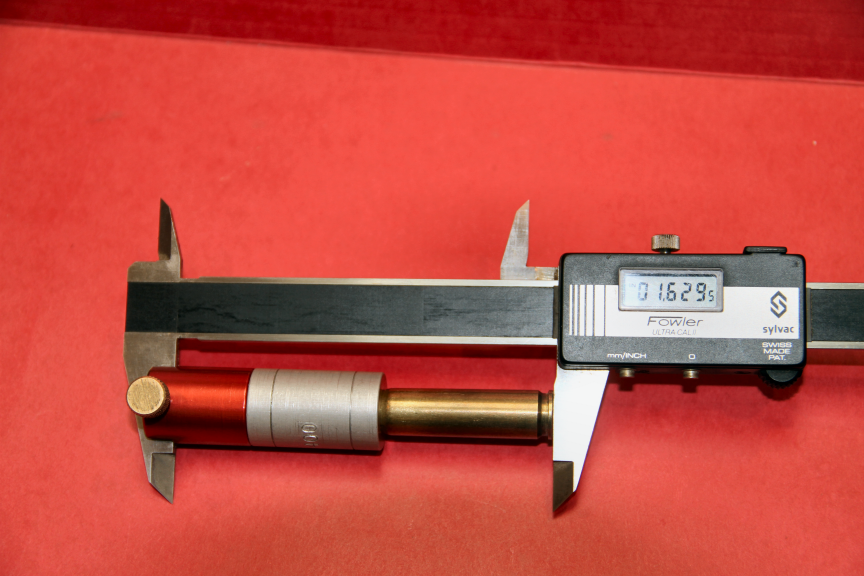ReloadRon,
I've found EXACTLY the same thing with headspace adapters, radiused edges that screw up an 'Absloute' reading.
That damned taper/radius/champfer usually gets lapped or cut off,
Or I just turn/bore my own.
If you can't ZERO the caliper/micrometer off EXACTLY the same face that contacts the case, then you have a 'Relative' comparator instead of an ABSLOUTE measurement.
That covered, this is an annealing thread...
Mr. Guffey takes 17 laps around the barn and a couple trips through the park,
Never gets directly to the point,
But he's correct about at least one thing,
You either have enough press to whip the brass,
Or the brass whips the press and you don't get CONSISTANT resizing.
What that DOES NOT cover is consistancy of the brass to start with.
Annealing gives a MUCH more CONSISTANT START POINT,
The 'ZERO' point,
The 'Base Line' where you start from.
Think about it this way,
The same brass, same firearm, same load, same bullet, same primer...
Reloaded on the same dies...
THE BRASS IS GOING TO HARDEN AT DIFFERENT RATES!
Brass will work harden side to side differently on the SAME NECK.
Since Rockwell testing is distructive, I tried to get two samples from the same case neck, and found two different Rockwell numbers.
GRAIN STRUCTURE from side to side often is different, one side more compressed than the other.
The ONLY thing I can come up with is FORMING causes compaction issues.
Brand new, unfired brass shows slight issues, which compound as the brass is blown out & sized back down.
A COMPLETE annealing reduces this difference to a minimum,
Giving you a MUCH more consistant starting point,
And since the brass is MUCH softer, it takes resizing more consistently,
And takes a bunch of stress off the press...
Heating with a torch is effective.
The biggest issue I see is heat transfer (saturation), the outside of the brass simply gets way hotter than the inside...
'Jet' torches compound the issue. (So does MAPP gas)
Open flame 'Fan Tip' heating *Seems* to reach target temp SLOWER allowing better saturation, without overheating the rest of the case.
Probably why so many manufacturers used, and still use this method.
Winchester, Remington, Federal all use electrical induction (magnetic) annealing for 'Premium' cases/ammunition.
I've been to the plants, I've seen it first hand.
The reason is simple, more consistant and complete annealing,
And it's also cost effective on large scale, being economy in volume.
My work with electrical induction was inspired by a factory engineer explaining why electrical induction was being used over gas or hot die annealing about 15 years ago... (2002-2003)
I don't know about the old stories, didn't read 'Fiction' about heat treating/annealing.
I went with technical manuals, manufacturers recommendations, and all the technical information I could find.
Actual science beats second or third hand stories written by guys doing non-scientifically controlled 'Experiments' on there kitchen tables every time.
I had to learn for government contracts, people with specific requirements that ARE going to do QC testing,
Cartridge brass annealing is my hobby that actual science spilled over into.
I don't read 40 year old articles written by an 'Outdoors Hobbiest' about something as technical as heat treating/alloy normalization,
So you won't see me quoting such...



